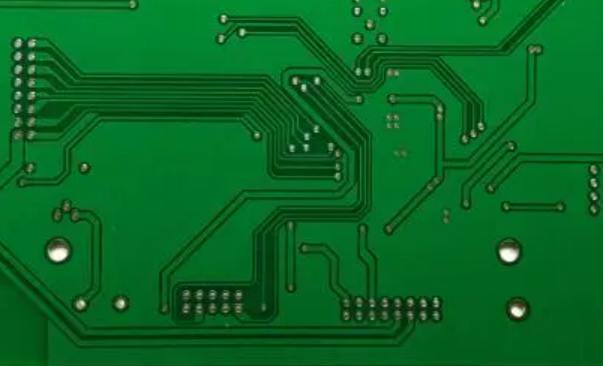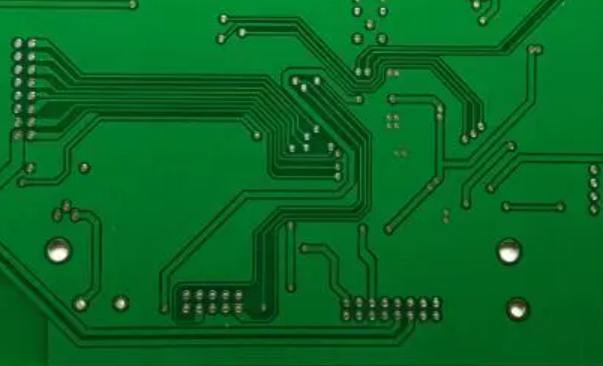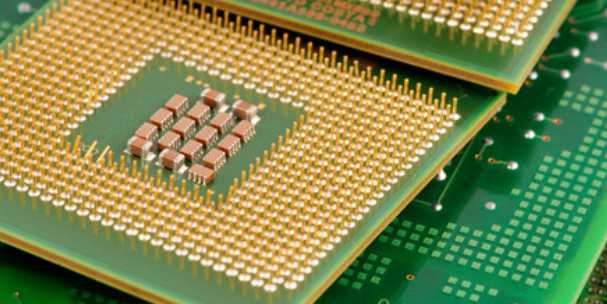
Wireless signals are a necessary part of many embedded systems today, and manufacturers of mobile terminals are talking about media convergence, where consumers can browse the Web or watch live sports on laptops, mobile phones, portable digital televisions or PDAs.
In simple terms, all kinds of media content are "translated" into wireless signals. However, media convergence is the precursor to a myriad of complex technologies, such as enhanced data compression (codec), interoperability, RF transmission, and interference processing. Countless other wireless technologies, such as a host of international standards and media formats, deserve a lot of credit. But in this chapter, for signal integrity design, we ignore the media, standards, and various characteristics of wireless transmission, and just focus on testing and analyzing wireless signals. Wireless signal and spectrum analysis is widely used in various professional fields, and should be more in the wireless textbooks.
Moreover, because wireless systems are becoming more and more popular in embedded system design and new wireless standards are being adopted, signal integrity engineering should be emphasized in these wireless environments. Therefore, no book would be complete without a discussion of modern wireless signals and their testing. So, this chapter aims to help you understand the new techniques of wireless signal testing, and it also provides some new ideas for signal analysis in modern wireless environments.
Discussing signal integrity and measurement is a big project, and adding the discussion of wireless test instruments to the broader SI book has been controversial. However, this topic is also straightforward because the spectrum analyzer (SA) is an essential tool for radio frequency (RF) testing, and spectrum analysis is dominant in the design of a wide range of wireless systems and devices. In addition, spectrum analysis is currently used in research and development in fields ranging from low power radio frequency identification (RFID) systems to high power radars and RF transmitter systems.

2 Radio frequency Signal
An RF carrier signal is like a blank sheet of paper on which information can be written and transmitted. RF carriers can transmit information by varying amplitude and phase, which is called modulation. For example, we generally talk about amplitude modulation (AM) and frequency modulation (FM), but on paper, frequency modulation FM is a form of phase modulation (PM). The combination of AM and PM forms the myriad modulations available today, such as quadrature phase shift keying (QPSK), a digital modulation in which each sign bit is 90 degrees out of phase. Quadrature amplitude modulation (QAM) is a widely used modulation mode in which both phase and amplitude change simultaneously to provide multiple states. Other more complex modulation methods such as orthogonal frequency division multiplexing (OFDM) can also resolve amplitude and phase components. The basic information provided by wireless systems provides a comprehensive example of how to modulate a carrier signal. To understand modulation, an example map may be more effective than a thousand words.
However, to understand the digital modulation of a wireless carrier, one must be familiar with using vectors to represent the amplitude and phase of a signal. As shown in Figure 10-1, a signal vector can be understood as representing the instantaneous amplitude and phase of a signal respectively by the length and Angle of the vector.
If you are in a polar reference system, you can also use a traditional Cartesian reference system or cartesian coordinates X and Y. In the numerical representation of an RF signal, it is common to use an I signal and a Q signal orthogonal to it, which are mathematically equivalent to the X and Y components of the Cartesian coordinate system. Figure 10-2 illustrates the amplitude and phase of the vector, as well as the current state of the I and Q components.
For example, the AM modulated signal can be represented by the I and Q components, which requires the calculation of the instantaneous amplitude I and Q of the carrier. Each instantaneous value is expressed as a number and recorded in memory, and the last stored data (amplitude value) gives the representation of the original modulated signal. However, PM modulation is not that simple, it also includes phase information, calculate I and Q values and store them, then perform triangulation to correct all the data, and the resulting data is the original modulated signal. It may seem difficult to fully understand the I and Q signals, but it's actually the same as understanding a sinusoidal signal expressing a vector in X and Y coordinates at some point in time.
However, the signals expressed in figures 10-1 and 10-2 rarely occur in practice, and mobile phones and countless other wireless systems have been extended in the modern world, in which wireless interference is ubiquitous. Products such as mobile phones work in a restricted band, so manufacturers of mobile phones and other wireless devices are legally bound to the band. These devices need to be designed to avoid the transmission of RF energy from adjacent channels, which is more of a design challenge for wireless systems that need to switch channels in different modes. Some relatively simple wireless devices with unlicensed bands also need to deal with interference effectively.







